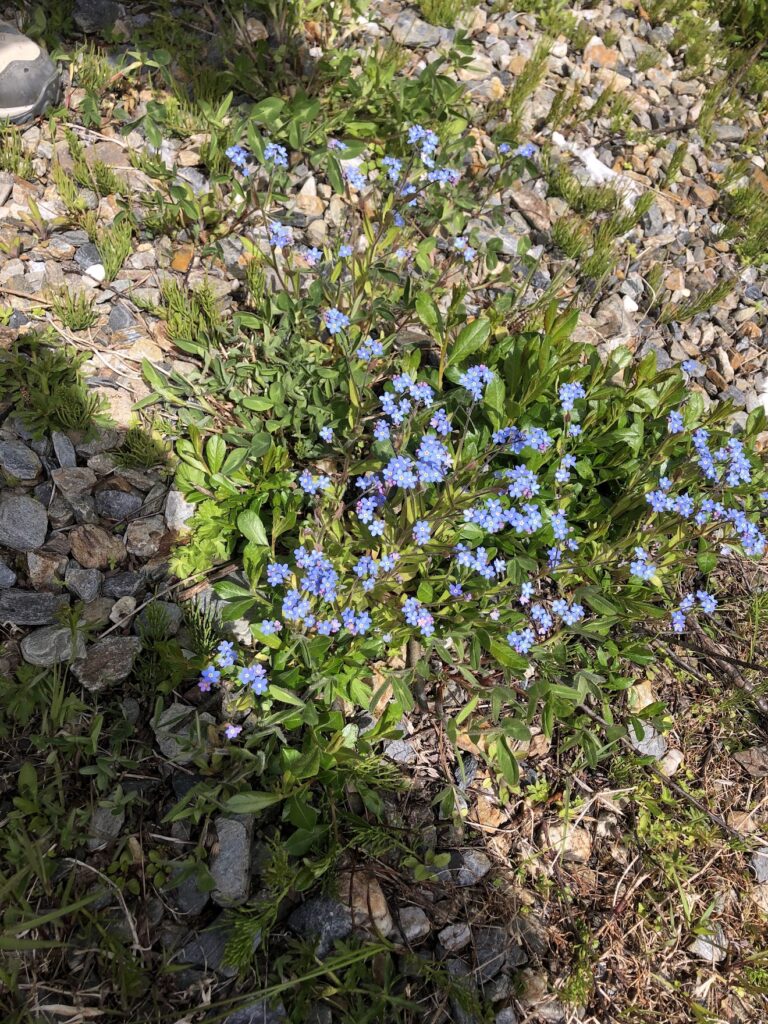
Photo by Isabelle Côté. Forget-me-not flowers, which will always remind the friends I shared them with on this trip.
Block 3 of the Bachelor of Education program saw our May-June practicum component and culminated in a trip to Barkerville and the surrounding area. We visited Wells, as well as some other significant stops where stories of the Cariboo Gold Rush took place. In the photo below is nearly the whole cohort. We made it to the bridge thanks to the new boardwalk that the town of Wells recently constructed, while on a guided tour from one of the locals to an outdoor education hotspot for the town.
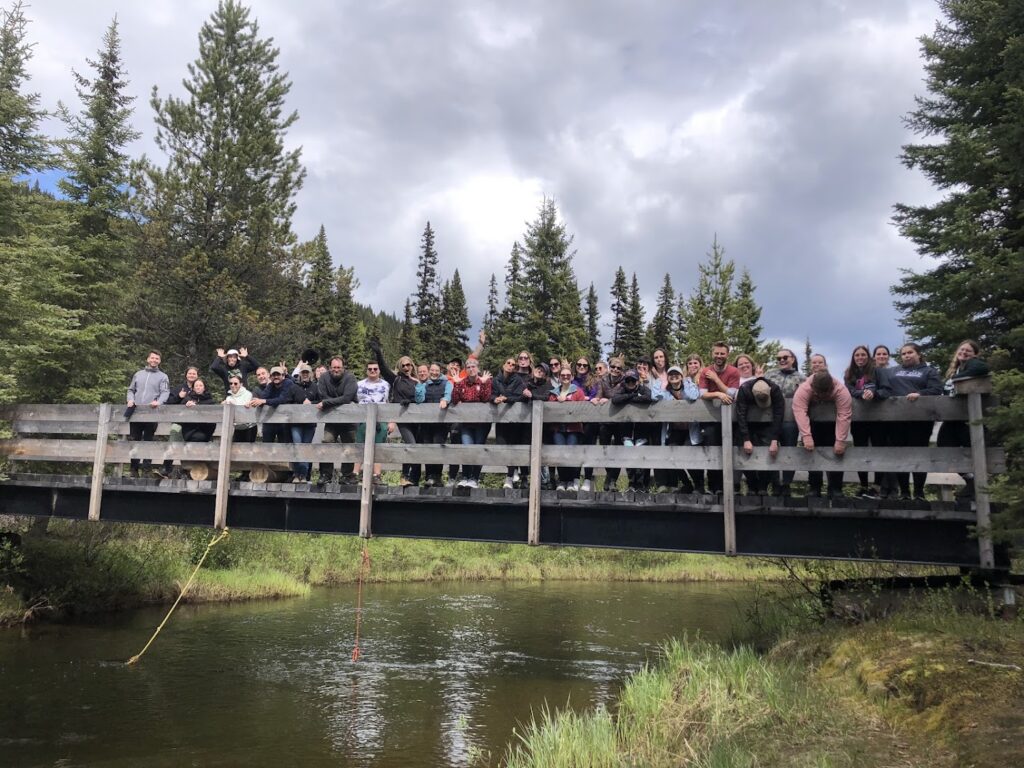
Photo taken by local of the town of Wells.
This experience was a wonderful time to soak up all the goodness of being outside and talking with peers. As will be the case in teaching, the chances for teachers to gab, relate, and support each other, are few and far between, unless we make the time. Barkerville provided a friendly and important reminder that despite all the fuss we get caught up in, trying to grind out the work we have to do as teachers, it’s worth it to carve out time to talk to colleges. Communicating with others is one of the best things we can do for ourselves. As my Vice Principal at Duchess always said to me: “Don’t be an island”.
Don’t be an island
Dylan Clifford (VP)
On that note, I want to remind myself that students don’t count as visiting the mainland. They are out to sea with you, haha. A pirate analogy to foreshadow where the rest of this post is going: Learn Like A Pirate!!
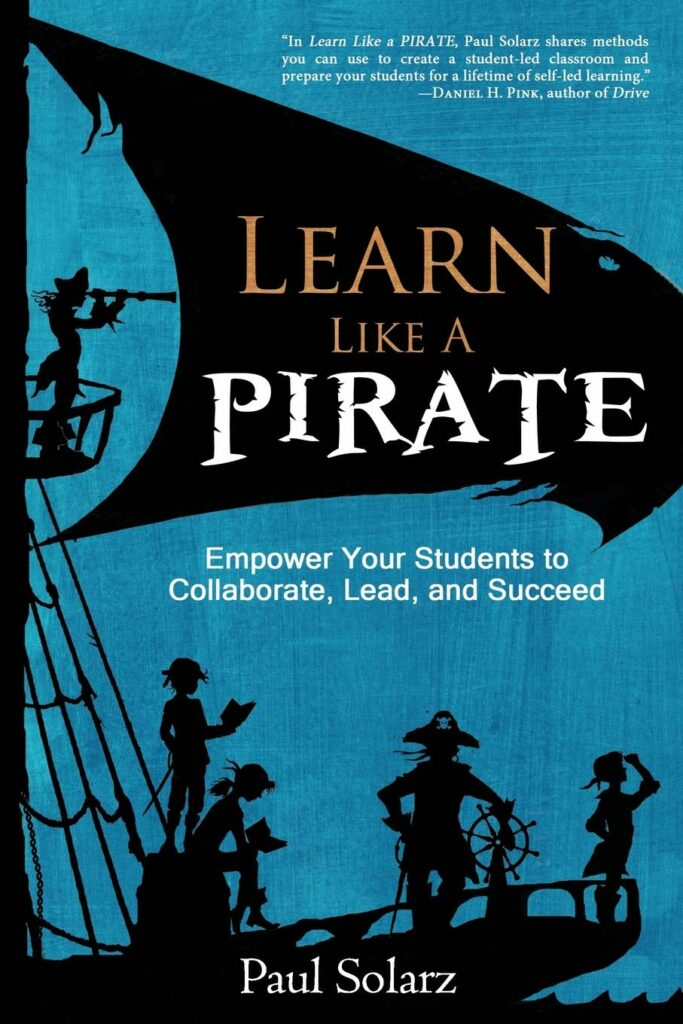
Looking back on the trip, and even during the trip, I find myself reflecting on my learning from Paul Solarz’s book, Learn Like A Pirate, especially in relation to my May-June practicum. During this practicum, I was privileged to teach a wonderfully smart, kind, and diverse group of learners at the grade 4/5 level, about the Cariboo Gold Rush: Enter Barkerville! The Cariboo Gold Rush fit perfectly into the curriculum, and I got to practice a project I’d read about in a Paul Solarz’s book.
Check out these Big Ideas from Social Studies, for grades 4 and 5! There were so many ways to tie these ideas into the gold rush that I had to pick and choose our particular focus in the project.
| Grade 4 | Grade 5 |
| The pursuit of valuable natural resources has played a key role in changing the land, people, and communities of Canada. | Natural resources continue to shape the economy and identity of different regions of Canada. |
| Interactions between First Peoples and Europeans lead to conflict and cooperation, which continues to shape Canada’s identity. | Canada’s policies and treatment of minority peoples have negative and positive legacies. |
| Demographic changes in North America created shifts in economic and political power. | Canadian institutions and government reflect the challenge of our regional diversity. |
| British Columbia followed a unique path in becoming a part of Canada. | Immigration and multiculturalism continue to shape Canadian society and identity. |
So, what was the project? Well, I wanted to try out Mr. Solarz’s “Act-It-Out” project, where students research a particular topic and then present a sort of skit, where they act out what they learned. I love this project because there is choice for students, as well as a variety of skills to practice, and engage the body in learning. To start, students were paired up and then asked to choose a historical figure whom they got to choose from a set list. During the whole project, students worked in pairs. They were then asked to read a leveled informational text on that person and pull out key information about that person. Then, students worked on rewriting that information into a script, so that they could present their figure to the class. Students were then invited to create props and dress-up on the day of their presentations. All in all, students practised and writing, gathering, interpreting, summarizing and communicating ideas, collaborating, oral communication, creative expression, and listening. It was a blast, and a disappointment in the best way possible, because by the end of it, we wanted to do more, and do it again, and do it better.
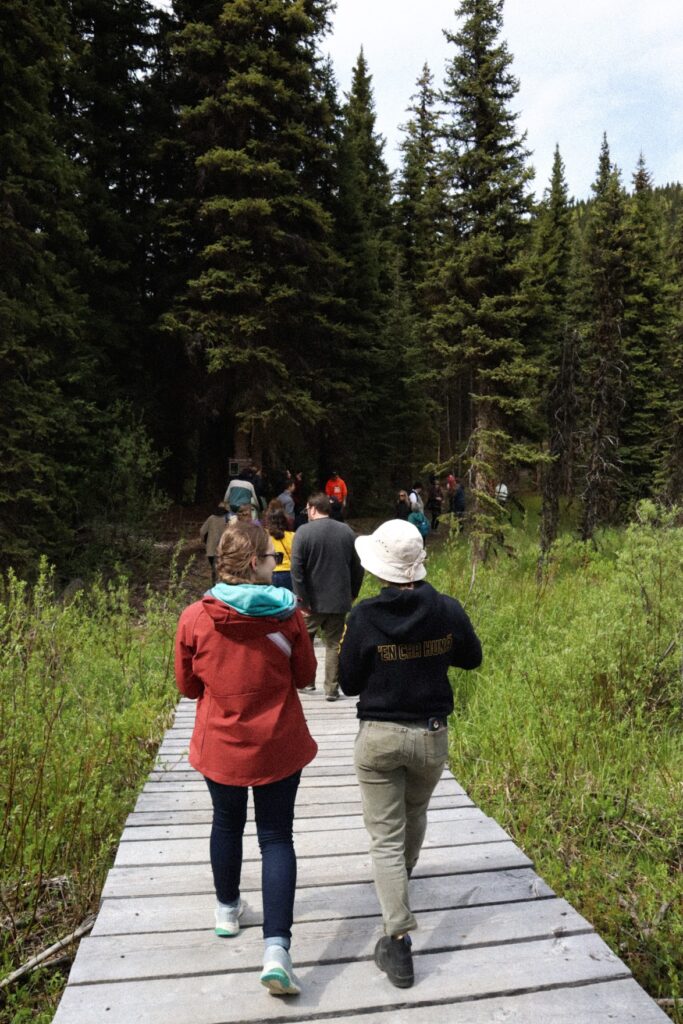
Photo by Talia Grace. Walking the boardwalk in Wells.
The learners had so much fun, but since it was all our first time doing something like this, there were things we felt like we wanted to do differently next time. The students wanted more time to work on their writing. I felt that introducing other documents than text would be useful. Some students wanted to pick their person and then pair up with someone else who was interested in that person, instead of pairing up and then picking a person together–what a good idea! I felt like the class would have benefited from recording their presentations and sharing as a class that way. I got the idea after I decided to record a video of me impersonating Billy Barker to try and show my kids my expectations, and to get them stoked about what we were doing. But, we ran out of time for everyone in the class to speak with each historical figure, even without doing the videos! There was lots more too, but that’s enough to chew on for now. Funny enough, while doing this project with the students, it completely escaped my mind that I would soon be in Barkerville myself, where the actors in the town were essentially performing the last part of my student’s task, day in and day out, to engage visitors and provide learning.
Here is a clip from the video I made for my students. In the clip, I introduce myself in French as Billy Barker, and in the full length video, I spoke about who I am, where I came from, what I did, and my experiences in the Cariboo Gold Rush, good and bad.
When we arrived in Barkervile as a Cohort, then, I kept thinking of how fun it would have been to take learners to Barkerville as a culminating field trip for a unit on the Cariboo Gold Rush.
In truth, there are many places in and around Prince George to go to discuss the Cariboo Gold Rush, and I can only imagine the impact that getting to go would have. Living in Prince George, I have been to Barkerville almost too many times–nearly a dozen or more. Despite all my visiting, though, I learned and remembered the most when I went this time, because of the personal experiences I had with my students in the classroom. Hearing stories in the classroom allowed me to better connect with what I heard and read in Barkerville, and to better recall the important ideas we’d talked about in the classroom.
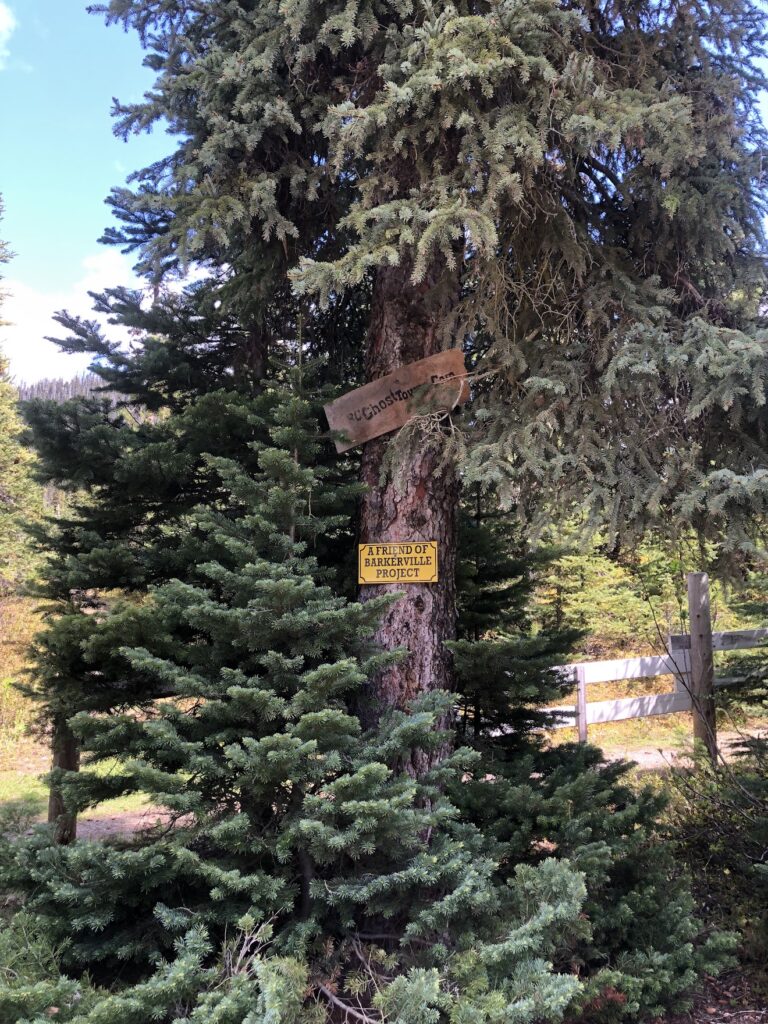
Photo By Isabelle Côté. This tree marks an entrance to a trailhead going through the remnants of Stanley, a town whose population was once greater than that of Barkerville.
All in all, the trip reinforced ideas I had about the importance of sparking curiosity and connection between a learner and the content, before engaging with the content more seriously. It also reminded me how crucially different it is to learn by doing, rather than seeing or hearing. I look forward to improving my teaching of the Cariboo Gold Rush in the future. Even more so, I anxiously anticipate my next opportunity to do something new and different for me as a learner, and now as a teacher, because I also learn by doing just as my students do.
Works Cited
BC’s Curriculum. www.curriculum.gov.bc.ca (Accessed 08 2024).
Solarz, Paul. Learn like a Pirate. San Diego, CA, Dave Burgess Consulting, Inc., 9 Mar. 2015.